Leadership MGT301 Report: Leadership, Motivation, and Teams
VerifiedAdded on 2023/01/05
|10
|533
|77
Report
AI Summary
This report examines various aspects of leadership, including effective leadership styles, situational engineering, and the Pygmalion effect. It delves into motivation theories, such as Maslow's hierarchy of needs, and their impact on leadership. The report also explores the importance of understanding followers and building cohesive, goal-oriented teams. It touches on the influence of power and the impact of motivation on performance and job satisfaction. Furthermore, the report discusses the dynamics of teams, including the differences between individuals, groups, and teams, and how group size affects leadership styles. The report references key concepts and theories relevant to leadership management and organizational behavior, providing a comprehensive overview of the subject.
1 out of 10
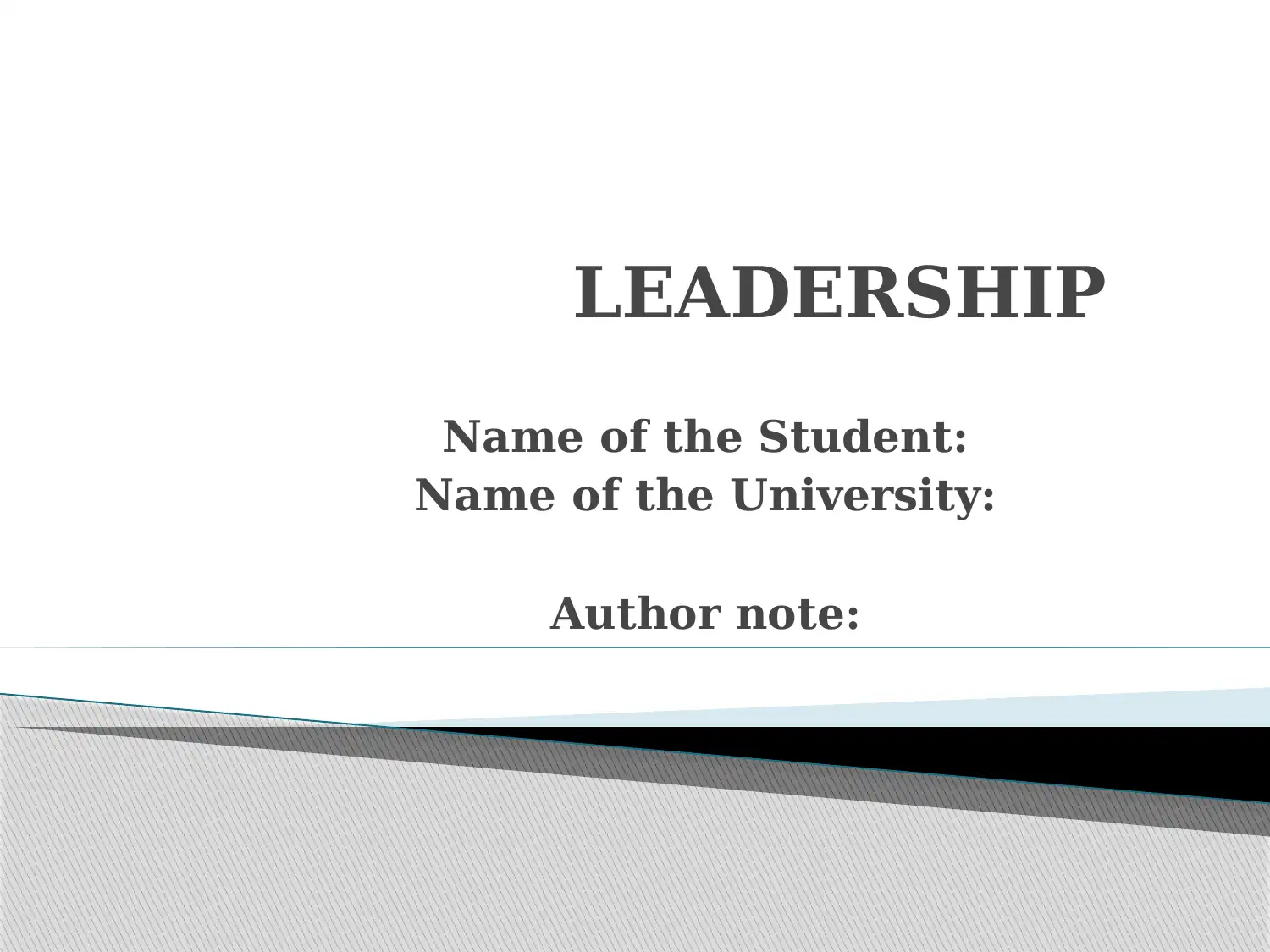

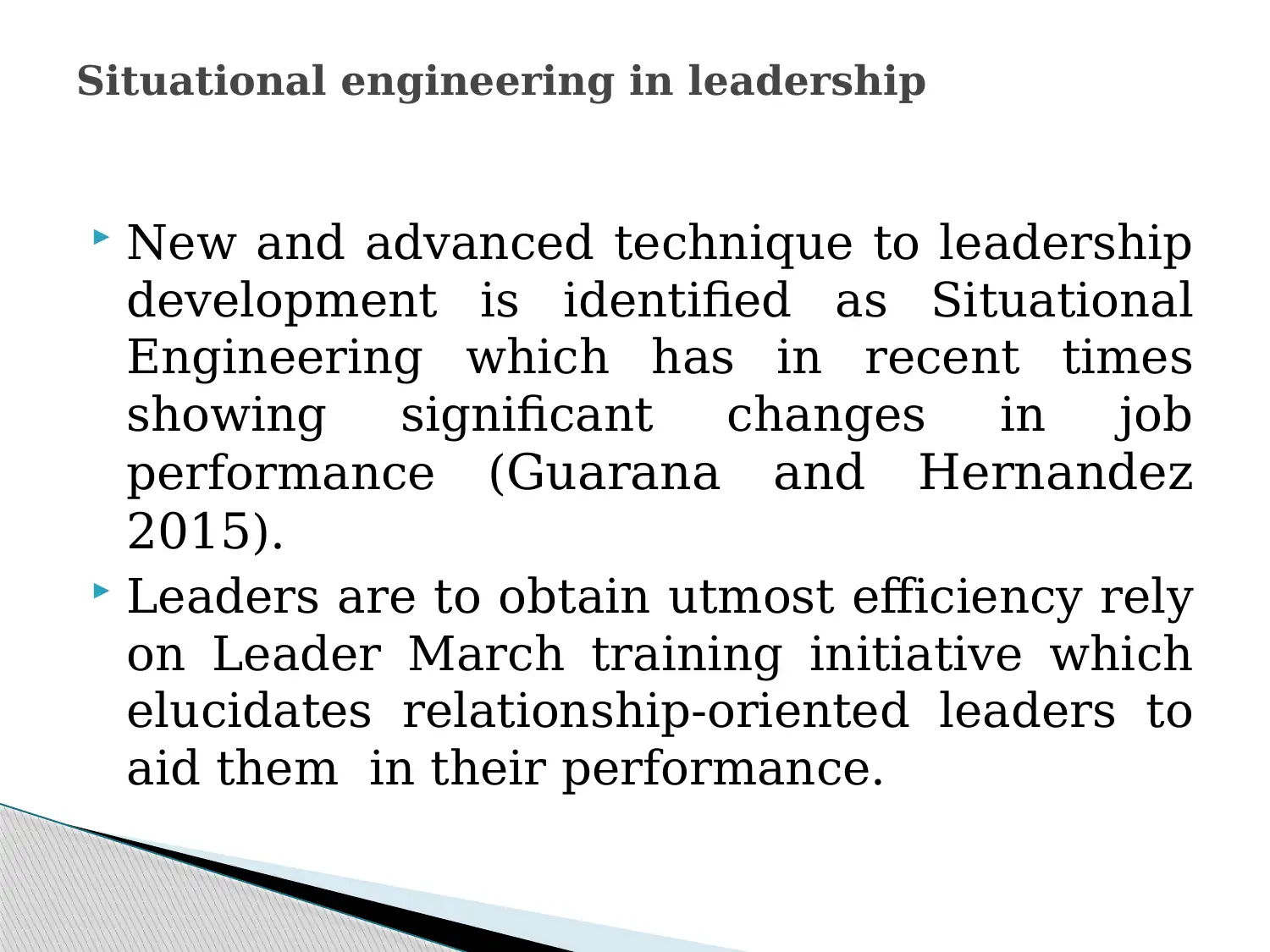

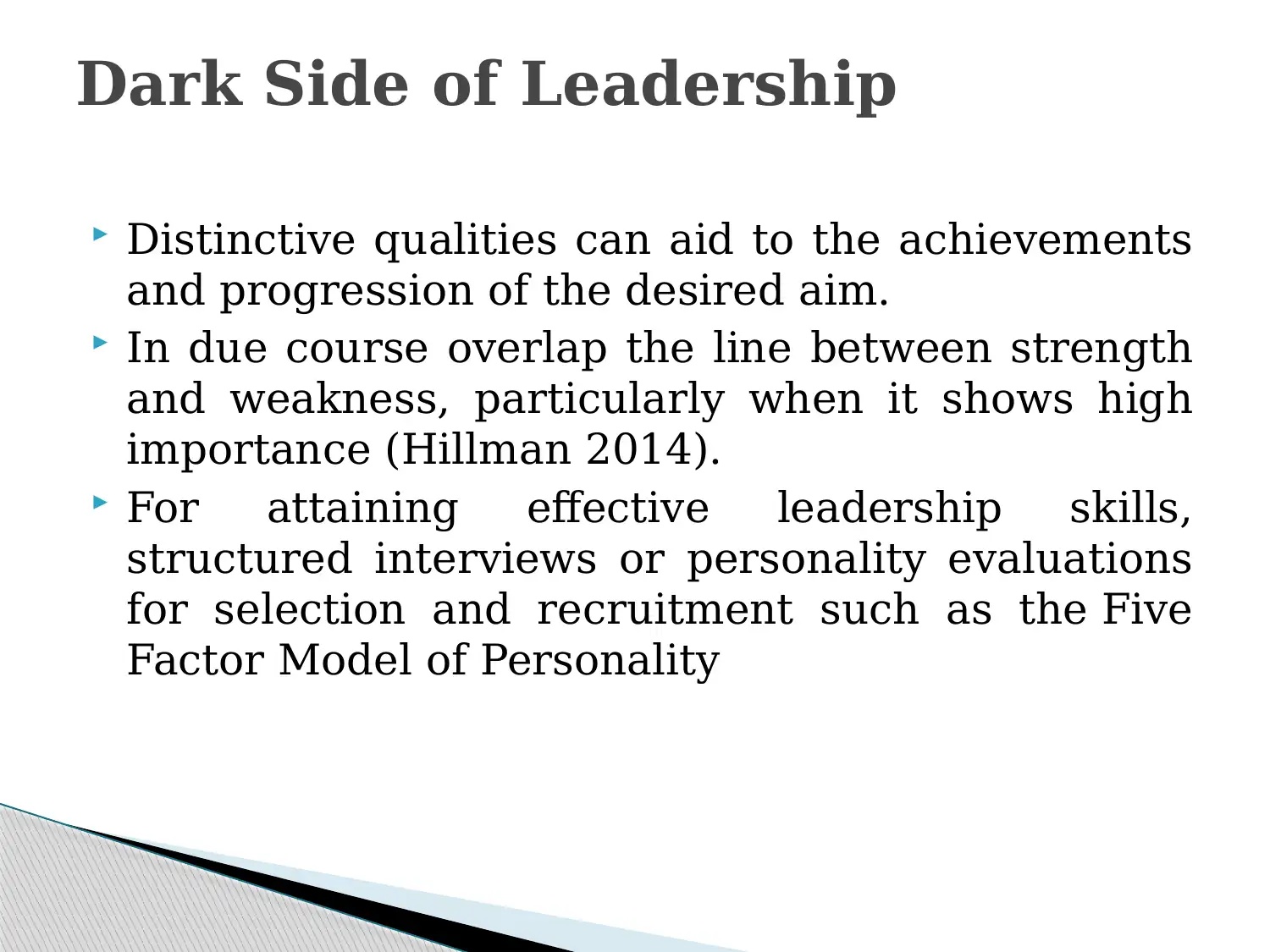

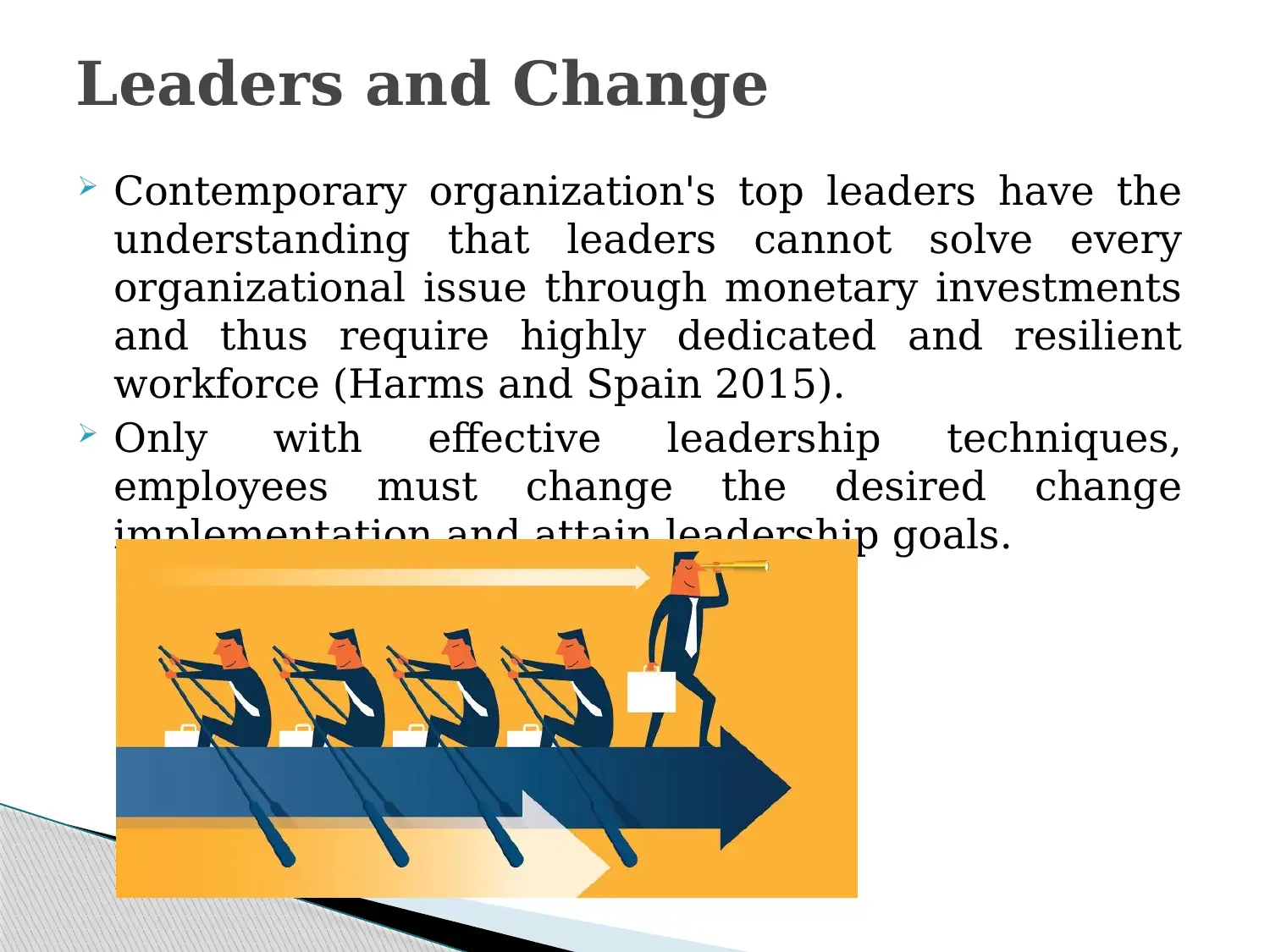

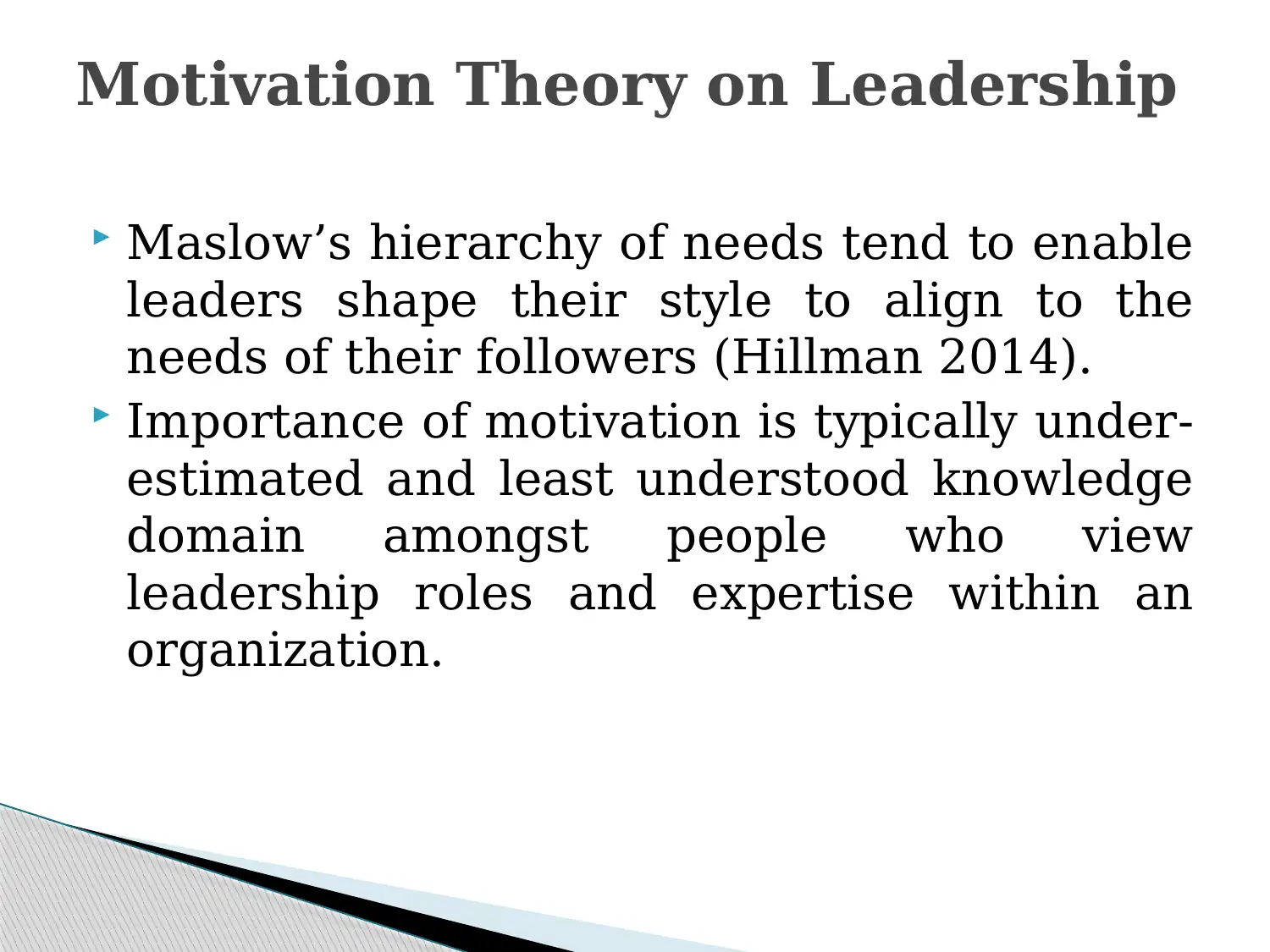
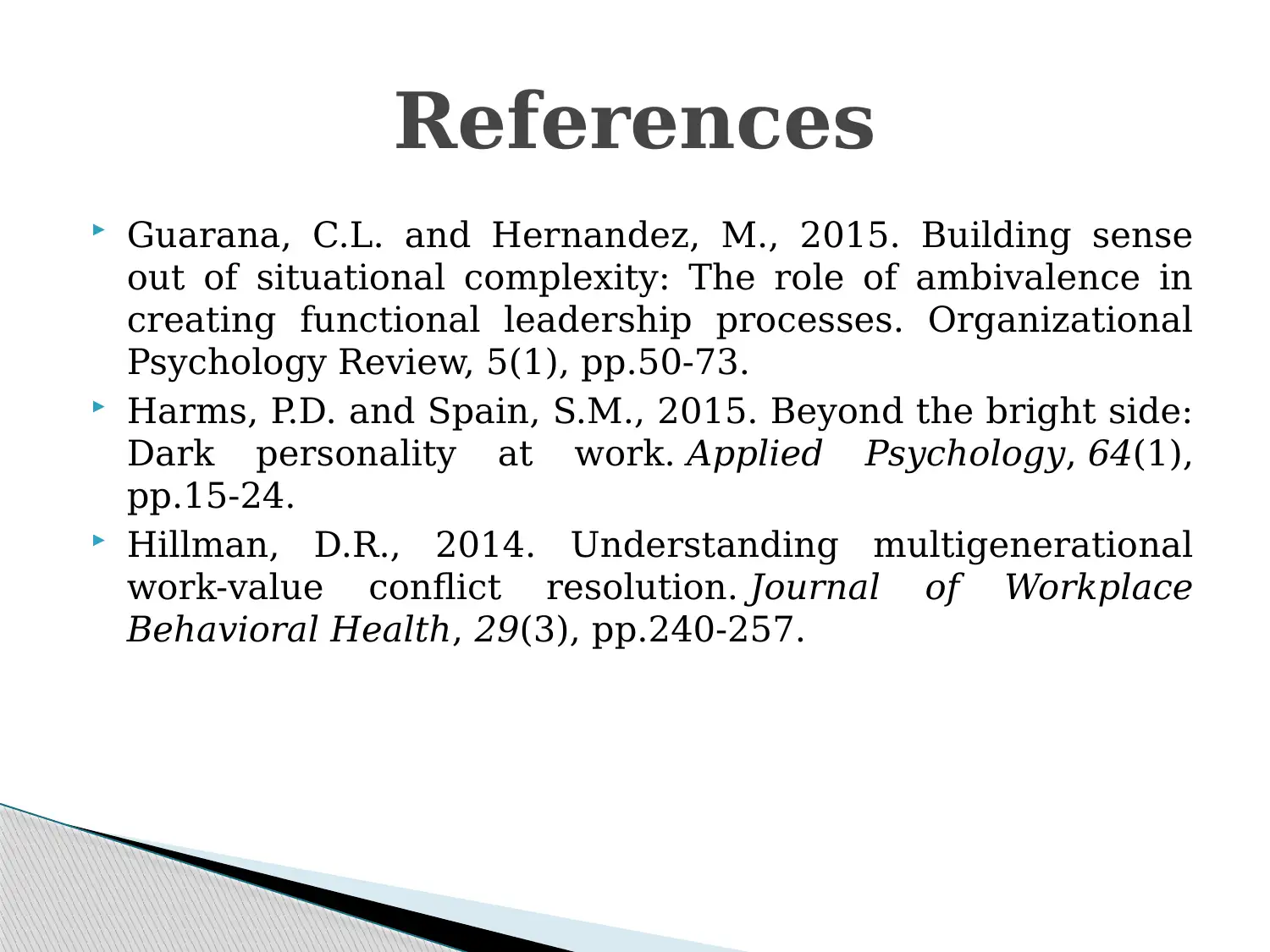



![Positive Leadership: Engineer as Leader Presentation - [University]](/_next/image/?url=https%3A%2F%2Fdesklib.com%2Fmedia%2Fimages%2Fyb%2Fab980906a5ac48b28602947a13a0eb4a.jpg&w=256&q=75)



![[object Object]](/_next/static/media/star-bottom.7253800d.svg)